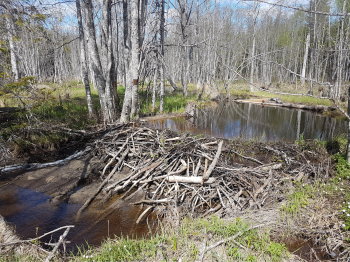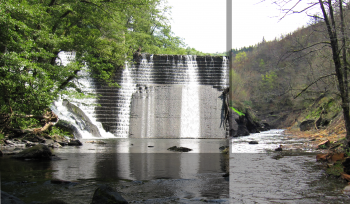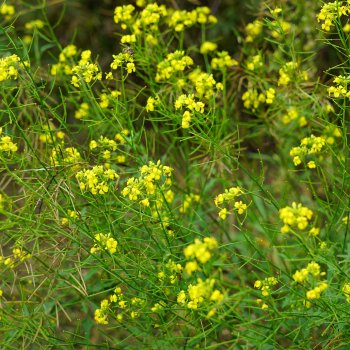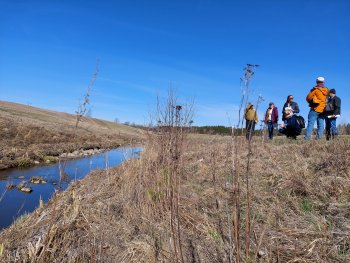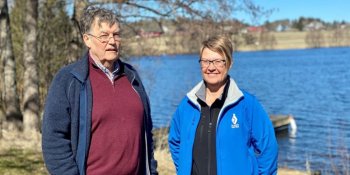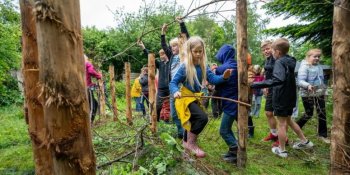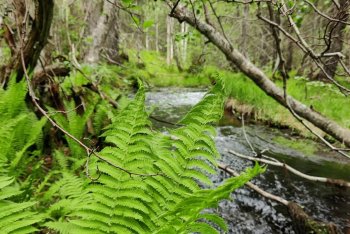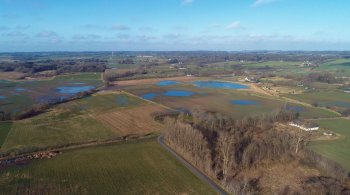Beaver re-introduction in Sweden
A truly nature-based solution is implemented by allowing beavers to spread into desired areas, letting them restore degraded wetlands and small streams and ditches as well as forest landscapes.
This case study is one of 17 that are part of the EU Horizon2020 project MERLIN - Mainstreaming Ecological Restoration of freshwater-related ecosystems in a Landscape context: INnovation, upscaling and transformation

